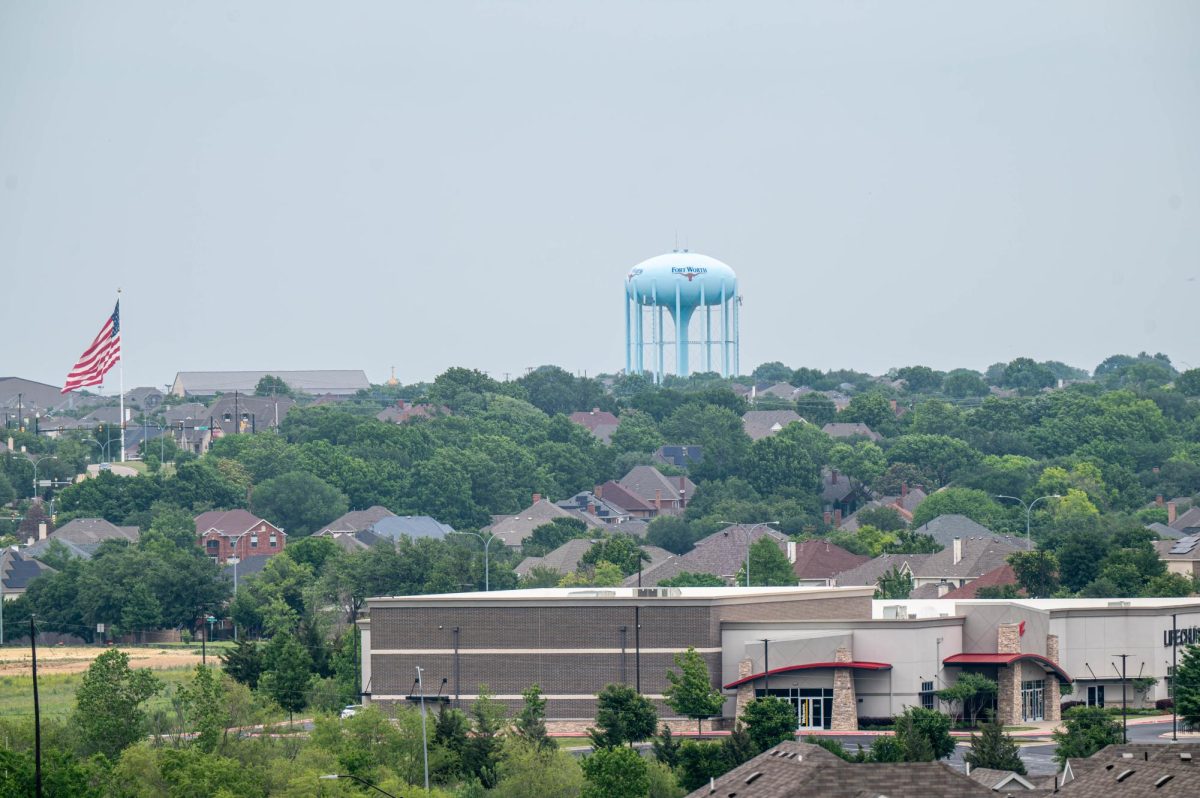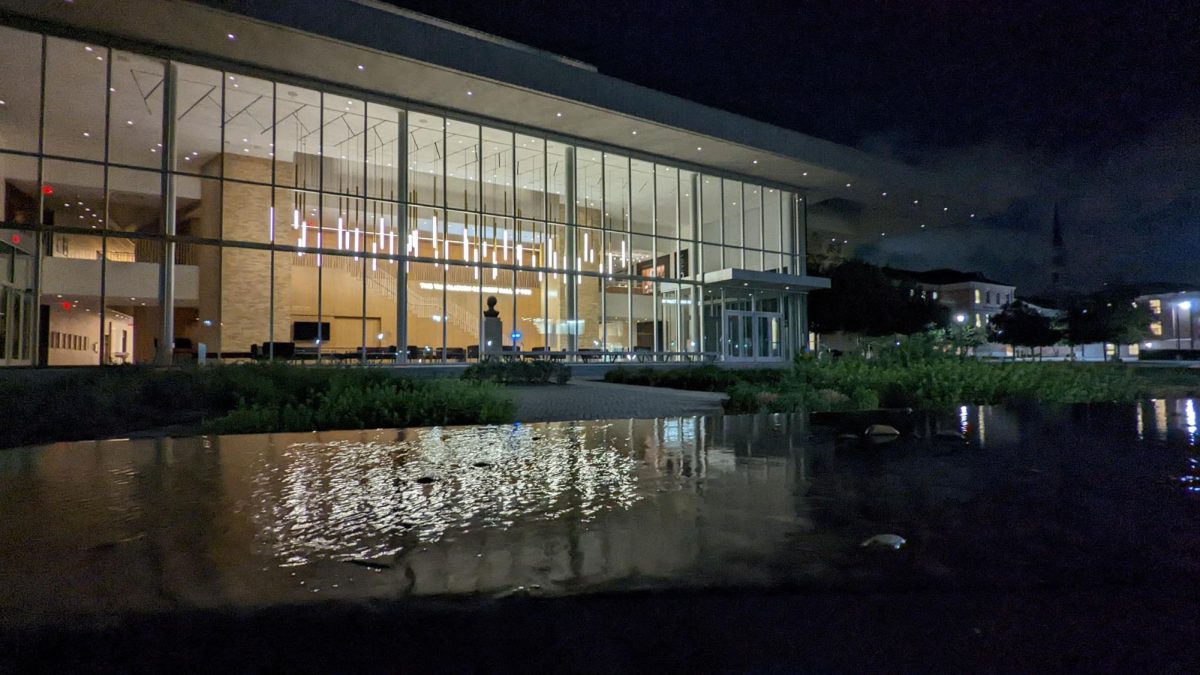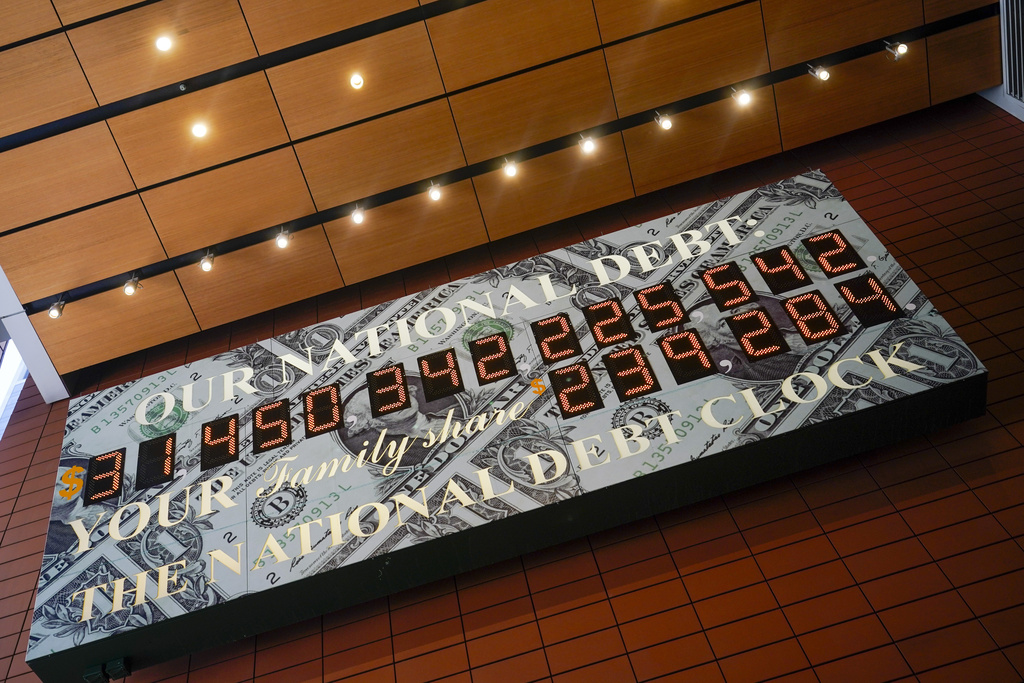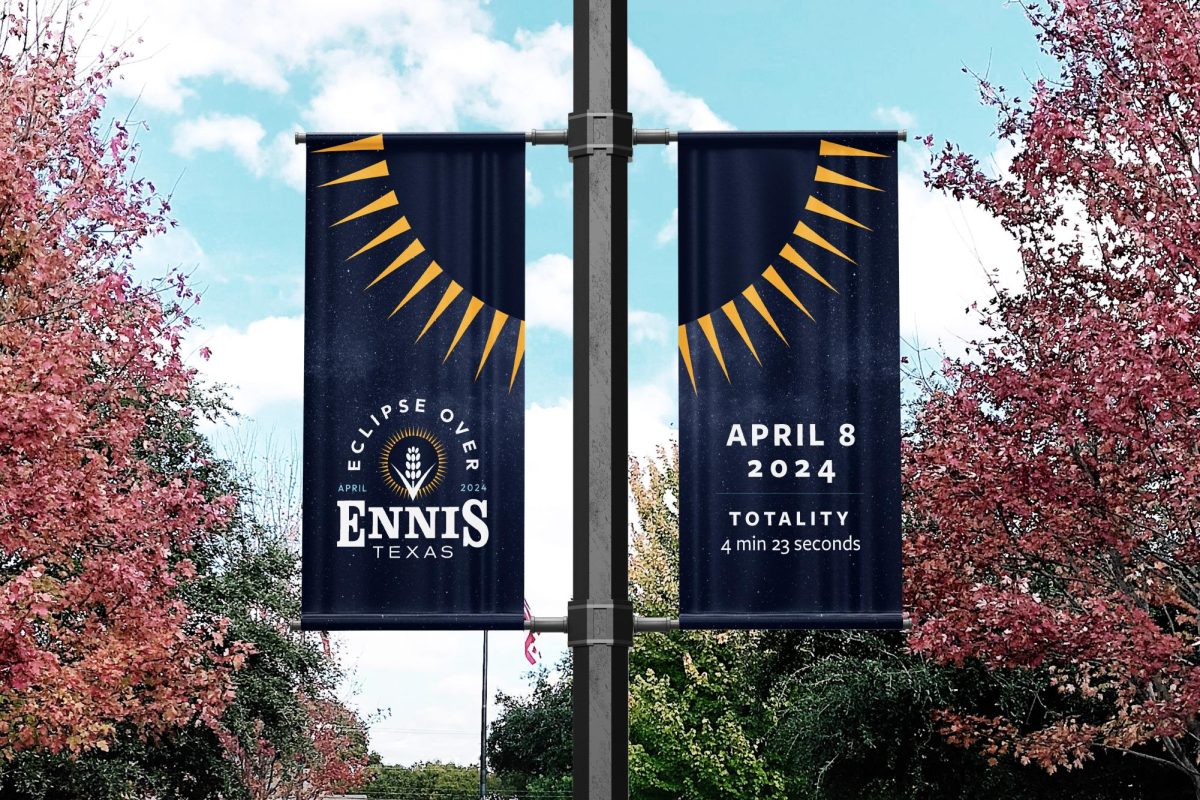Fort Worth’s landfill is expected to be full within 25 years.
That and a growing population that’s expected to hit one million within the next 10 to 15 years has city officials looking for ways to reduce waste.
The goal is to recycle 40 percent of all waste within the next seven years. Fort Worth’s current recycling rate is 21.8 percent, according to city officials.
The city’s 2016-2036 Comprehensive Solid Waste Management Plan is awaiting city council approval.
The plan would emphasize diverting commercial waste from the landfill, considering that two-thirds of waste in Fort Worth comes from businesses and only one-third from residents, said Joao Pimentel, senior planner for the city’s solid waste services division.
But residents say they want to do their part.
The recycling bins should be larger than the garbage bins, said Dennis Stuart, a Tanglewood resident.
“Mine get filled up before the trash can,” Stuart said. “Those fill up in three days, then what do you do?”
Overton Park resident Lee Ann Carrell also wants larger recycling bins and more of them in public places. She said that a composting option would be beneficial as well.
“It would be more natural than other fertilizer,” Carrell said.
Incentives, partnerships and awareness could help encourage businesses to utilize services already available to them, Joao Pimentel, senior planner for the city’s solid waste services division.
For example, Cowboy Compost is a service that collects, sorts and delivers food waste from businesses and residents around Fort Worth to facilities that will compost the food scraps to create nutrient-rich soil.
Connecting businesses to these existing services could help create a more sustainable Fort Worth, said Robert Smouse, assistant director of the city’s solid waste services division.
Residents recycle at a rate of 70 percent, but the plan aims for 90 percent, or about 14,000 tons of diverted waste.
Recyclables that can be diverted from the waste stream include significant percentages of paper, plastics and, the biggest contributor, food, according to statistics from the solid waste services division of Fort Worth Code Compliance.
Fort Worth’s growth could shorten the lifespan of its Southeast Landfill. It takes in 3,000 tons, or 240,000 full bags of a trash a day, said Jane Berry, operations supervisor of the landfill.
Smouse said collaborating with the community of Fort Worth is key to reducing the amount of waste that would normally go to the landfill.
“We’re wanting to work with residents, businesses, to reach those goals together rather than big government telling them what to do,” Smouse said.
The city hopes to raise awareness about waste through open house meetings, workshops, on-the-street interviews and online surveys, said Smouse.
Community feedback pinpoints recycling and waste disposal as a top priority for residents, though not as important as clean water and air, according to a 2014 survey listed in the plan.
Overton Park resident David Greer said he agrees with what the city was trying to do.
“It’s obviously a good thing if we’re trying to prevent trash from landfills,” Greer said.
The city is considering allowing for larger recycling bins that could be offset by the cost of smaller garbage bins.

The city would need to change its existing “pay-as-you-throw” program to make the smallest garbage bins the least costly, not the most.
The plan proposes adding economic incentives for residents who compost in their backyard and providing reward/tax credit incentives for businesses that recycle.
In order to improve the quality of recyclables, rather than recycle glass at home, it would be left at drop-off stations around the city, which already accept reusable materials such as electronics, tires and yard waste.
Smouse said the cost of the new plan could include some tax increases but didn’t give specifics. He said the plan was more of a playbook and would fluctuate in response to market and technology shifts.
Pimentel said the greatest cost comes from the landfill. Between 2010 and 2013, the estimated cost of lost revenue from what could have been recycled, but was instead buried in the landfill amounted to $13 million, said Pimentel.
Pimentel said he hopes residents and businesses understand the importance of recycling, from a financial and waste management standpoint.
“People tend to think of the garbage fairy,” Pimentel said. “That material goes somewhere. To understand where it goes would be very important.”




